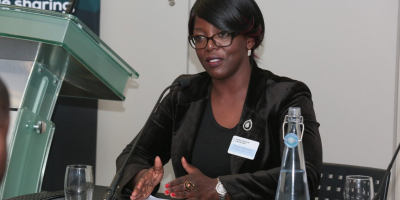
Botswana has announced a 16% cut in its diamond production for 2025, a significant decision reflecting the country’s response to ongoing challenges in the global diamond market.
- Botswana will cut its diamond production by 16% in 2025 due to global market challenges.
- Diamonds account for 80% of Botswana’s export revenue, making the country vulnerable to changes in this sector.
- This decision comes amid declining demand for natural diamonds due to competition from lab-grown alternatives.
For Botswana, Africa’s largest diamond producer and a country whose economy is heavily reliant on diamond mining, this shift presents serious challenges to maintaining previous levels of production and export revenue.
This reduction comes amid slowing demand for natural diamonds, which face increasing competition from more affordable lab-grown alternatives.
Diamonds play a crucial role in Botswana’s economy, making up approximately 80% of the nation’s export revenue. This heavy dependence means that any downturn in diamond demand directly affects the country’s economic stability.
In 2024, Botswana’s largest diamond producer, Debswana, which accounts for 90% of the country’s diamond sales, experienced a sharp revenue decline of nearly 50%. This significant drop has forced the company to implement measures aimed at preserving its financial health and ensuring long-term viability in an uncertain market.
Suspension of major mining operations
One of the key responses by Debswana has been the temporary suspension of operations at two of its major mining sites: the Jwaneng mine and the Orapa mines.

The Jwaneng mine is widely regarded as Debswana’s flagship operation, known for its high-quality production, while the Orapa mine is the largest diamond mine by area in the world. Halting production at these important sites underscores the extent of the impact that weak global demand has had on the industry.
To soften the economic impact of reduced production, the Botswana government has introduced initiatives encouraging the local processing of diamonds. Rather than exporting rough stones, there is now a push to polish and cut diamonds domestically.
This approach aims to add value within the country, support local employment, and generate more income for Botswana, even as total diamond output declines.
Despite these efforts, the country faces the ongoing challenge of economic diversification. The current downturn has highlighted the risks associated with heavy reliance on a single industry. Botswana is likely to need further steps to broaden its economic base to protect itself from future market fluctuations and foster sustainable growth.
While diamonds continue to be a cornerstone of Botswana’s economy, the announced production cuts and government initiatives emphasize the need for the country to adapt to shifting global market conditions in the coming years.
Fathia Olasupo












